Clara Abkar was 73 when she turned her home into a workshop for teaching painting. Two years later, a museum of her works opened in the former royal palace of Saad Abad in Tehran. She is known as the first Iranian female miniaturist but, surprisingly, she never offered any of her works for sale while she was alive.
Clara Abkar was born in Tehran on November 5, 1915, to an Armenian family from New Jolfa, the Armenian quarter of Isfahan. Her parents soon became aware of her talent.
She finished her primary education at the Armenian school of Davotian, later named Kushesh. As a child, Clara did not spend her money to buy what other children of her age tended to buy; instead, she bought gold coins, had them pounded into thin layers of gold and then used them in gilding miniatures that she painted, following an old tradition of Iranian miniature painting.
Her devotion to verisimilitude is apparent in her later works, often amazing and perplexing those who viewed her work. “On a sheet of white paper, I had painted a piece of an old silk cloth,” she said. “An art connoisseur guest asked me: ‘Is it a painting or a real piece of fabric?’ To test him, I said that it was a piece of fabric and he extended his hand to examine the silk cloth. The then Minister of Culture and Arts had a similar illusion. He had imagined that the turquoise stones on a pipe were real and had touched them with his fingertip.”
When Clara was in high school, not only her parents, but also her painting teacher strongly encouraged her. “Caring teachers, especially my painting teacher Margar Garabekyan [Iranian Armenian poet and painter], played a significant role in my progress,” she said.
In 1934, Clara entered Tehran’s Art School for Women and was trained in painting miniatures by masters such as Mohammad Hadi Tajvidi, who revived the Persian art of miniature after approximately three centuries and pioneered a new style called Tehran School of Miniature which many believe brought this traditional style of painting into modernity. Her other teachers included Taher Javadzadeh, a master miniaturist, Mirza Ali Darroudi who taught the art of illumination, and Hossein Kashi-Tarash, an expert in Girih tiles, decorated tiles or wooden slabs used in the Islamic architecture of Iran.
“I had seen a type of Girih tiles in Armenian art books,” said Clara. “When, on my long road to art, I came to know the distinguished master Hossein Kashi-Tarash and his astounding genius, I could not resist taking a sip from the ocean of his knowledge. So, I started learning the art of Girih tile under his tutoring, an art that was indeed very difficult and time-consuming.”
After three years at Art School for Women, Clara received her diploma in miniature and, in 1938, entered the High Academy of Fine Arts. From this academy, she also received a degree in miniature painting. By this time, she was an expert in miniature painting, illumination, Girih tiles and lacquer painting.
Clara was 40 years old when, after 14 years of working and teaching, was employed by Tehran University’s School of Fine Arts. Three years later, she received her bachelor's degree when her education was deemed to qualify her for this degree.
Clara was retired from government service in 1977 even though she believed that “artists must not be retired because right at the moment when an artist is at the height of her creativity…she receives a notice of retirement.”
Abkar was a member of the Iranian Art Organization. Her works were shown in many exhibits and she enjoyed great fame in Iran. In 1988, at the age of 73, she held her first exhibition at the National Museum of Art in Iran, which was met with great admiration.
In 1989, she was awarded a master's degree from the Ministry of Culture and Islamic Guidance. Around the same time, she decided to turn her own home into a painting workshop, which also served as an exhibit of her works. Finally, she donated her home and all her works to Iran’s Cultural Heritage Organization.
On May 18, 1994, which marked International Museum Day, a museum bearing the name Clara Akbar was inaugurated by the order of the government in the gardens of the former royal palace Saad Abad, where her significant works are exhibited.
Despite her financial needs, Clara Abkar never offered her works for sale. “How can you sell your children?” was her answer to those who insisted on buying her works.
Clara Abkar died on March 20, 1996, at the age of 81, after a period of illness. The artist was buried in Tehran's Armenian Burastan Cemetery.




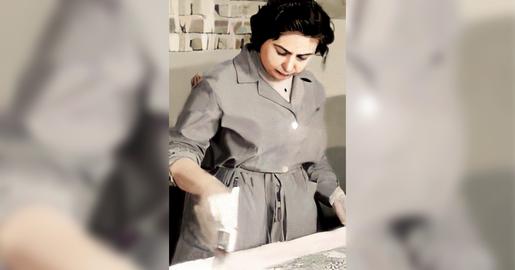

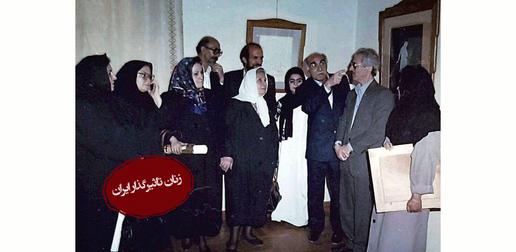
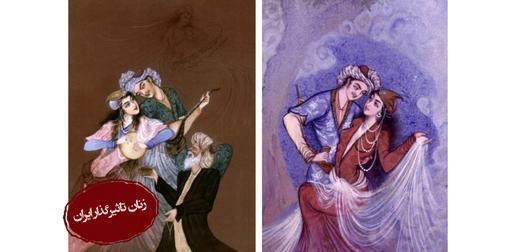






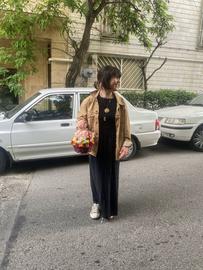



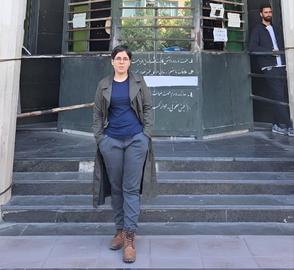
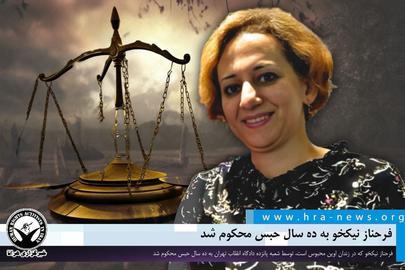
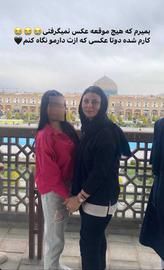






comments